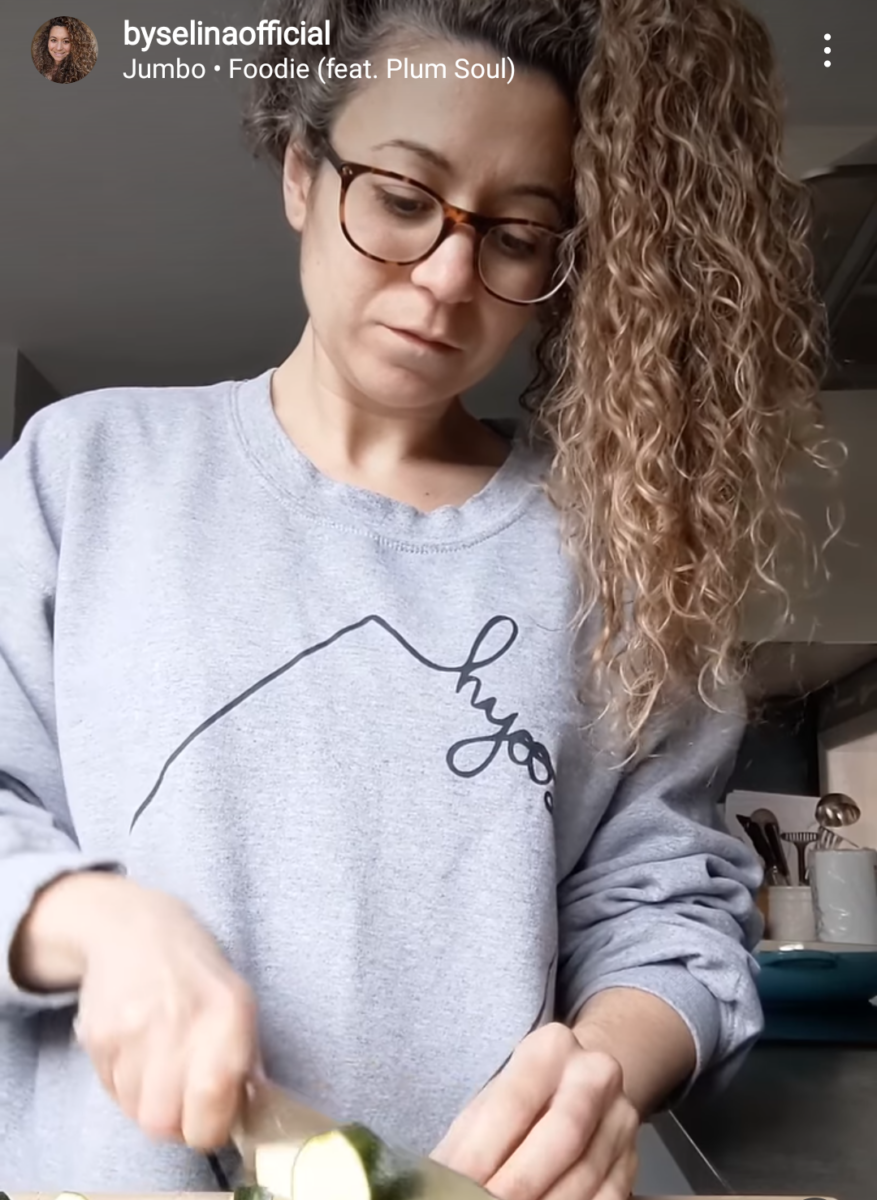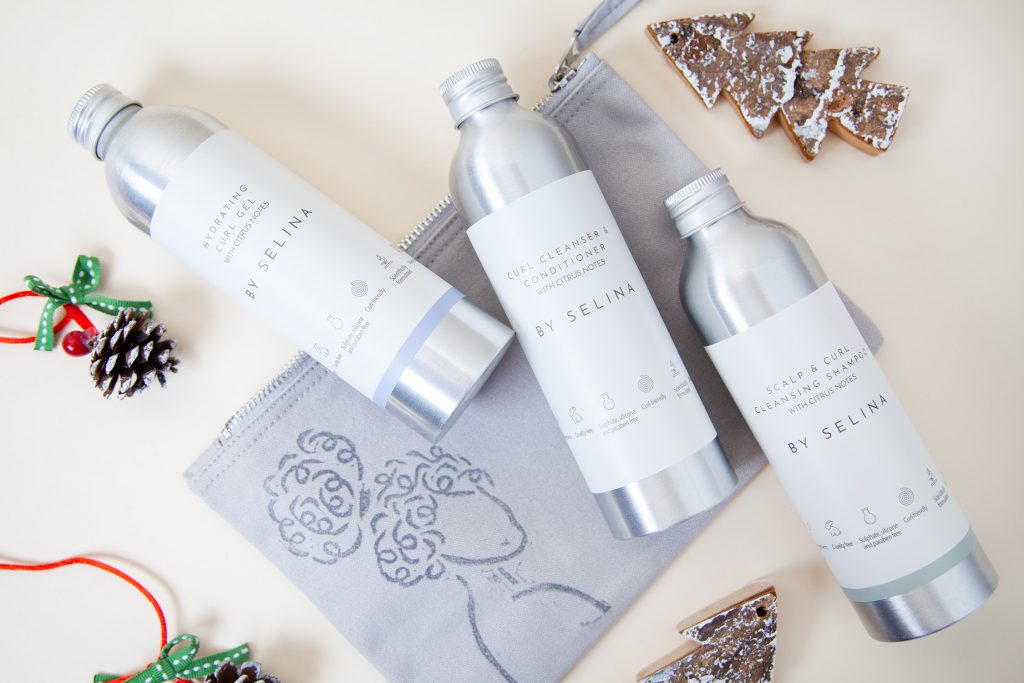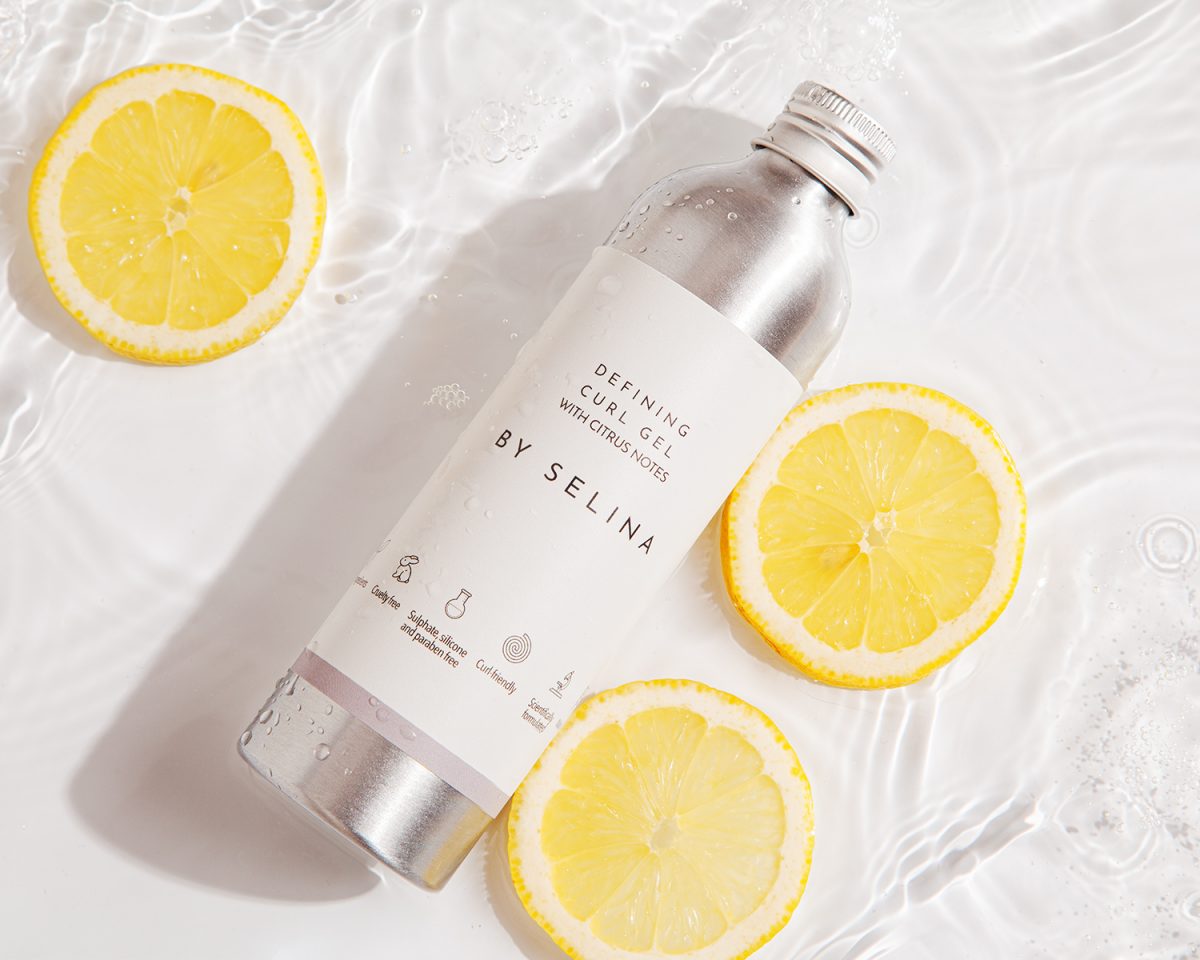The curly community was completely rumbled this week when news broke that sodium hydroxide (also known as lye) was no longer “Curly Girl” friendly. Facebook groups and Instagram were awash with curlies proclaiming that their beloved products were no longer considered safe for curls. The advice was to use up your products but do not repurchase anything with sodium hydroxide listed as an ingredient.
Naturally many concerned curlies took to the internet to Google, “sodium hydroxide”. If you headed straight to Wikipedia to better understand sodium hydroxide, I can completely understand the shock that some curlies may have encountered. When reading Wikipedia sodium hydroxide is listed as causing severe burns with uses such as being a drain unblocker and a harsh cleaning agent. When reading information such as this it is no wonder everyone was so concerned and ready to throw away any product in their bathroom that mentioned sodium hydroxide.
But wait, what if I told you that sodium hydroxide is used in cosmetics as a pH regulator. You probably think sure thing Selina, but I don’t care, there is no way I want any sodium hydroxide near my curls. But wait, there is still more, lets head into the science of this to understand more.
Sodium hydroxide can be used is cosmetics as a pH regulator. In chemistry, pH is a scale used to understand how acidic or alkaline a product is. When making cosmetics the product can sometimes either be slightly too acidic, too alkaline or just right. If the finished product is just right then that is great, no pH adjusting needed. However, if the finished product is not at the desired pH, you will want to adjust the pH. There are many reasons why you may want to adjust a product’s pH. Some examples include the product being too acidic or alkaline for the intended purpose, or it could be too acidic or alkaline for the preservative to work – some preservatives work optimally at certain pHs. Therefore, formulators will adjust the pH. If you want to make your product more acidic you can add an acid such as citric acid or if you want to make your product more alkaline you add an alkaline such as sodium hydroxide. Please keep in mind, these pH regulators are usually diluted even before they are added to products and even when they are added to products, the actual amounts are incredibly tiny.
Now here comes the important part, when sodium hydroxide is added to formulations as a pH regulator, when used properly there should be no sodium hydroxide present in the final formulation. Yes, you heard that correctly, even though sodium hydroxide is added to a formulation, if used correctly as a pH adjuster there should be no sodium hydroxide in the final formulation. Similarly, when making soap, sodium hydroxide is used as it turns fats and oils into soap but there is no sodium hydroxide left in your soap. For example, sodium hydroxide and olive oil turns into sodium oliveate.
The reason that there is no sodium hydroxide in the final formulation is because when sodium hydroxide is added to water it disassociates and comes apart.
Hydroxide goes off and pairs itself up with hydrogen ions to create H2O aka water. This in turn causes a raise in the pH which is the desired effect when adding sodium hydroxide to your product. Once the hydroxide is paired up with the hydrogen, it is no longer sodium hydroxide, so when used correctly there is no longer any sodium hydroxide left in your final product. This means, as curlies we really do not need to worry about sodium hydroxide that is added to our products if it is used as a pH regulator.
So why is sodium hydroxide listed on your ingredients? Well, in the EU our cosmetic industry is heavily regulated so when making products you must list everything that is added to the formulation on the ingredient list which is why you will see sodium hydroxide often listed as the final chemical on your ingredient list. I hope this blog helps clears up the sodium hydroxide debacle and helps shed some light on the science side of pH regulation in cosmetic formulation.
I would like to conclude this blog by saying, please do not take everything you read on the internet as the truth, even if it has been promoted by your favourite celebrity or influencer. Please, do your own research and when I say research, I do not mean Wikipedia. Pick up a GSCE or A-level science book, or head to PubMed for peer reviewed papers that have been independently judged by a panel of scientists. Mindless reading and believing attention grabbing articles on toxic or clean beauty can be dangerous.
This final paragraph is completely non-curly hair related but mindless junk on the internet is the same reason we are in an era whereby previous childhood diseases that were on the brink of eradication are seeing a resurgence – because some people do not believe in vaccines. These people who do not believe in vaccines like to cherry pick information to fit their narrative. So please, do your research, ideally from peer reviewed articles and when reading new information always ask where the initial information source came from, read both sides of an argument and educate yourself before reaching your conclusion.
Have a lovely weekend curlies 😊
Selina x





